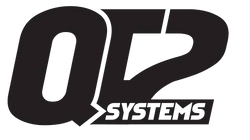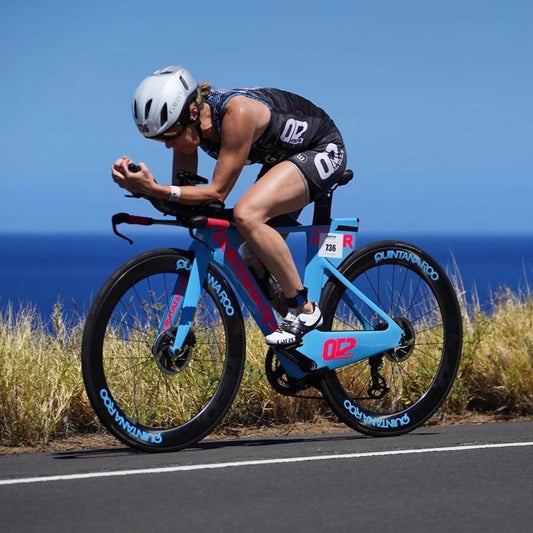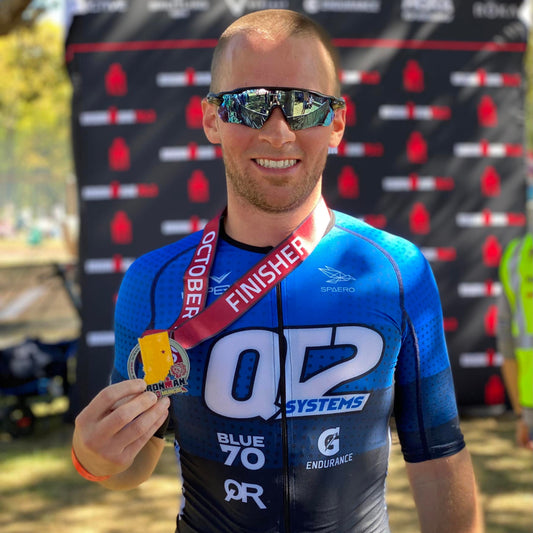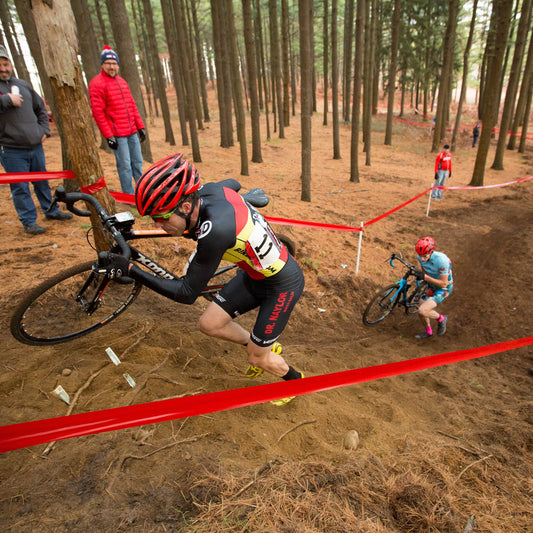As a preface: The HR zones I’ll be referencing in here are percentages of HR at Lactate Threshold.
Z1: 80% - 87%
Z2: 87% - 93%
Z3: 93% - 100%
Basics of Open Race Pacing
Well, first of all, one of the “golden rules” of open run racing is that you should be aiming to negative split (i.e. run the 2ndhalf faster than the 1sthalf). Just about every current running world record was paced with a negative split execution, which is because negative splitting ends up being less mentally and physically stressful than going out at an unsustainable pace.
Now, that’s all well and good, but how do you decide where to start with your pacing? Any clown could negative split a marathon if they just walked the first 13 miles, right? I think the most useful tool here is going to be a heart rate monitor, as it gives you a snapshot of overall physiological stress, and is particularly useful when deciding how to adjust effort for various heat/terrain conditions.
For an athlete with good durability, I’d like to see them run a marathon with their average HR in mid-Z3, so that’d mean taking it out in mid-Z2, and then gradually building throughout the race, until they’re at the top of Z3 at around mile 22 or 23. An athlete with less durability could take a similar approach, but just “adjust down a zone”, or however much they feel is appropriate.
Basics of Triathlon Run Pacing
Unlike open running, it’s very unusual to see a negative split in a fast Ironman run. In a well-executed Ironman run, the second half will be about 5-15 sec/mile slower than the first half. But anything up to a 25-30 sec/mile is still quite solid.
The issue here, or course, is that you’re entering the marathon in a pre-depleted state, and as such, we recommend lower HR targets for an Ironman run than an open marathon. In a well-executed Ironman run, I like to see the average HR around the top of Z1, with the athlete starting in mid-Z1, and building through to mid-Z2. So, unlike an open marathon, where you where your speed and your HR increase together, in an Ironman, you really just hope that increasing HR will allow you to hold a steady pace.
I also like to have my athletes run the first 2 miles off the bike at 10-20 sec per mile slower than I expect their average run pace to be. This accomplishes a couple of things: 1) it make sure they don’t get too excited coming out of T2 and wreck their legs 2) it allows a more comfortable transition from biking to running. After those 2 miles, I’ll have them shift into the HR targets, and away we go…!
Comparing Tri Run Times vs Open Run Times
In an athlete with well-developed durability should expect to see approximately the following amount of decoupling in run times, at the various race distances:
Sprint tri vs. 5k: 4-7%
Oly tri vs. 10k: 4-7%
Half Iron run vs. Half marathon: 4-7%
Ironman run vs. Marathon: 9-13%
It makes sense that the Ironman decoupling is the most, as that distance has the most difference in “pre-run fatigue levels”.
So that’s it! Of course, there are a million variations and contingencies you’ll have built into every race. But it’s still largely going to come down to how you budget your stress over the course of the race, and using that heart rate monitor as a tool in helping you gauge stress levels gives you a lot of useful information to aid in your pacing decisions.
This post was written by QT2 Level 3 Coach, Doug MacLean.





